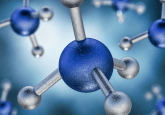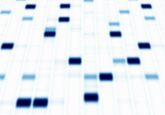Large molecule bioanalysis by LC–MS: beyond simply quantifying

Merbel N, Olaleye O, Spanov B & Bischoff R | Bioanalysis, 14(7), 397-400, (2022)
Keywords: • biomarkers • biopharmaceuticals • biotransformation • heterogeneity • LC–MS • proteins
During the last decade, the quantitative bioanalysis of biopharmaceuticals and large molecule biomarkers by liquid chromatography–mass spectrometry (LC–MS) has been an important research topic in our group. Since we, and many others, started asking ourselves whether LC–MS could make a difference for targeted protein quantification [1], the world has seen important developments in the technology. LC–MS can now definitely be regarded as an established platform for protein bioanalysis, next to the traditional ligand-binding assay (LBA), and it is routinely used to support academic research, industrial drug development and hospital care. In the early years, most of the research efforts were focused on the technological aspects of protein quantification, to develop approaches capable of equaling or exceeding the performance of LBAs in terms of sensitivity, selectivity, precision and accuracy. The typical workflow was, and often still is, a combination of extracting the protein of interest from the sample, enzymatically digesting it to a series of peptides and quantifying one or more of these, the so called signature peptides, by LC–MS along with a suitable protein based or peptide based internal standard for response normalization.






